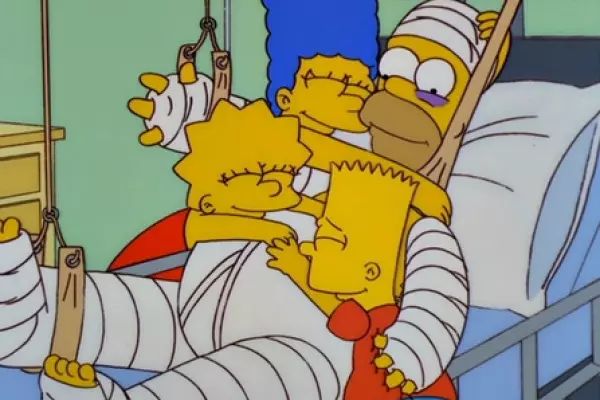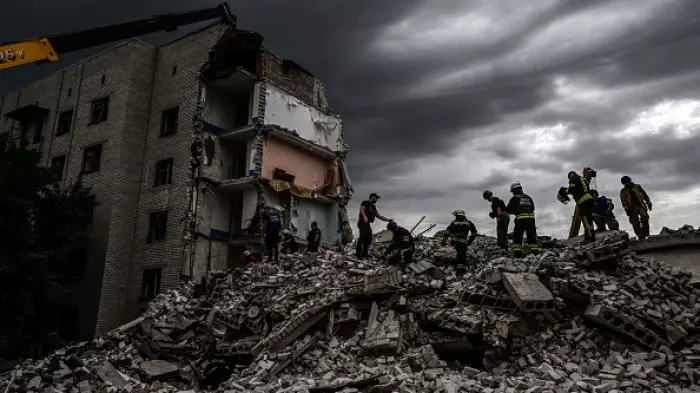Lessons and moralities: Gisborne Hospital nurses strike
There are two forms of legal strike action in New Zealand employment law.
The first is over the negotiation of a collective agreement. When they do occur, overwhelmingly this is what strikes are over.
The second is for health and safety reasons. These strikes are rare, especially in the health system.
I've been involved in the health system since 1989 when I became executive director of the Association of Salaried Medical Specialists.
I can't recall that there had never been a health and safety strike in New Zealand until 1.30pm on May 24 this year, when nurses in one ward went on strike for an hour in Gisborne Hospital.
After first raising concerns around four months earlier, in December nursing staff at Gisborne Hospital (including their official health and safety representative) issued a legal notice called a provisional improvement notice (PIN) under the Health and Safety at Work Act 2015.
Their notice recommended taking several actions, including closing off five of the medical ward’s beds to allow safer staffing.
Under the act, Te Whatu Ora Health New Zealand was obliged to respond within eight days or face a possible intervention by WorkSafe, the workplace health and safety regulator.
WorkSafe is still investigating, but little had changed since the notice was issued.
Nurses were worn out
The decision to strike came after affected nurses were worn out with illness, injury, missed meal breaks and living with the fear of making mistakes that could harm patients.
In response to the NZ Nurses Organisation’s formal strike notice, Te Whatu Ora went to the Employment Court to get an injunction.
It argued that the strike was unlawful because there was no immediate threat to health and safety. Rejecting the argument that nurses were working in unsafe or unhealthy conditions, the entity accused nurses of "weaponising" to put pressure on it.
Under the Employment Relations Act, there's a legal obligation for Te Whatu Ora and the nurses' organisation to agree upon life-preserving services for the strike’s duration.
'Serious and irreversible harm'
Te Whatu Ora tried to argue that these were insufficient to protect patients and staff, claiming there was the potential for “serious and irreversible harm”.
This bold claim, however, does not stand up to scrutiny of the evidence provided by experienced nurses. The reality was that the ward was often reduced to life-preserving services levels because of chronic understaffing.
The daily realities for nurses were already rationing of care, delayed care and assessments, lack of essential equipment and supplies, compromised patient dignity, hygiene neglect and staff unable to take meal breaks.
Further, in public hospitals, unions have to give at least 14 days’ notice of strike action.
Te Whatu Ora had enough time to reach agreement with the nurses' organisation over life-preserving services for an hour-long strike.
In previous strikes over collective bargaining for nurses and other staff, this was done successfully for one day and longer.
Employment Court rules
The outcome was that the Employment Court declined Te Whatu Ora’s request to halt the strike.
NZ Nurses Organisation chief executive Paul Goulter described it as a “moral victory” which recognised the seriousness of the concerns Gisborne nurses had been raising for more than nine months.
In a contrasting response, Te Whatu Ora chief executive Fepulea'i Margie Apa accepted its nurses were “under pressure”, but continued to argue that the one-hour strike would make it worse for them and their patients.
Her choice of words shows her health entity’s attitude towards staff at the clinical frontline.
Describing nurses who are exhausted, working while sick and injured, and living in fear of making a fatal mistake while caring for patients as being “under pressure" was dismissive. Consciously or otherwise, it reflects an attitude of disdain rather than respect.
It's reassuring that the Employment Court gave greater weight to the evidence of nurses on the job describing their real-life dangerous experiences rather than the claims of bureaucrats distant from the job who sought to diminish them. Probably, it was not a difficult decision to make.
But it should never have got to this stage. There are lessons and moralities we can learn from this experience.
Lessons and moralities
Goulter is right. It was a moral victory for the Gisborne nurses. But there is more than one lesson in morality to take from the court case. Here are five questions to start with:
- When nurses raised their health and safety concerns around nine months ago, why were serious efforts not made to address them then?
- Why did Te Whatu Ora not take these concerns seriously enough when the strike notice was issued more than five months ago?
- Why was Te Whatu Ora waiting until the WorkSafe NZ review was completed in July, when the tangible measures to address the crisis were identified months earlier?
- Why, when it was responsible for their exhaustion, did Te Whatu Ora claim in court that its nurses were weaponising against it and that nurses were not working in unsafe or unhealthy conditions? Why did it believe that it knew more about the health and safety of its nurses than they did?
- Why did Te Whatu Ora claim that a one-hour strike in a ward (but with life-preserving services still provided) would be worse for patients and nurses than ongoing chronic understaffing, often at a level that compares with just providing life-preserving services?
- How does this behaviour rest with the statutory responsibility of Te Whatu Ora to be a good employer?
What if?
The dispute raises the question of whether these nurses would have felt the need to strike if the health system had not been turned on its head through the government’s restructuring last July.
Had this not happened, they would have continued to be employed by the Tairawhiti district health board.
I can’t be confident, but I suspect that the strike would have been much less likely to have gone ahead.
When a health system is made more centralised and vertical there's a significant loss of decision-making authority at a district level.
Decision-making becomes more distant and hierarchical. Understanding the workplace reality becomes more difficult to comprehend.
Top-down control goes up, responsiveness goes down, and empathy reduces.
The opportunity to make sensible decisions to help alleviate the problems is compromised. So probably, but not definitively, the strike could have been averted if the health system had not been restructured.
What is clear, however, is that strikes for whatever reason are overwhelmingly a last resort.
I believe it's unacceptable for a health entity so critical to NZ’s health system to allow exhausted nurses to be put in the position of having no alternative to taking this last resort.
In fact, when they are forced to work in unsafe and unhealthy conditions, it's worse than unacceptable, it's reprehensible.














